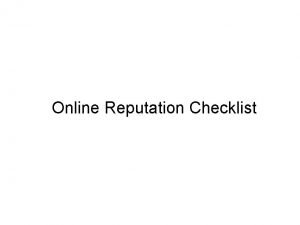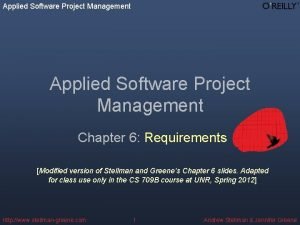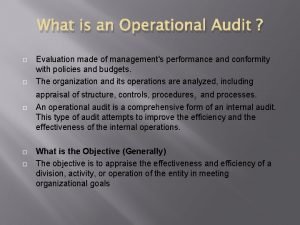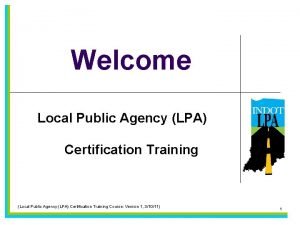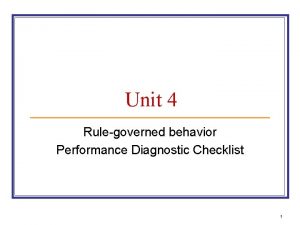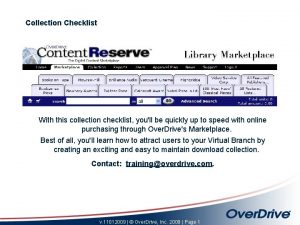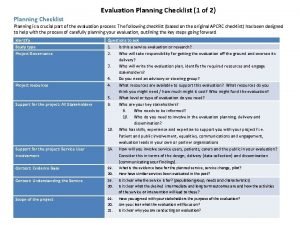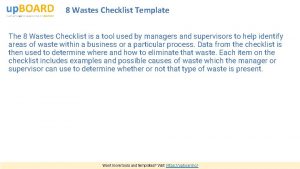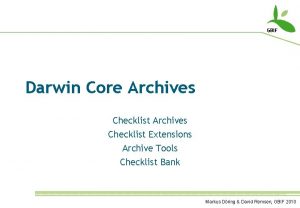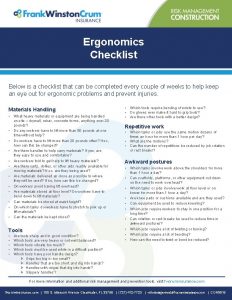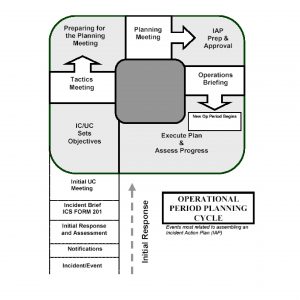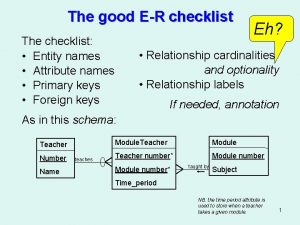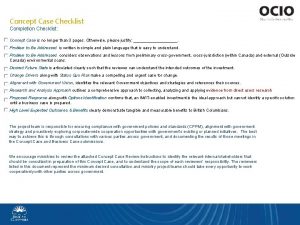TIME MANAGEMENT Time Management Checklist Time Management Checklist

























- Slides: 25

TIME MANAGEMENT Time Management Checklist

Time Management Checklist n Here are 50 time-tested ways of improving your personal productivity extracted from Harold Taylor’s books and training programs. Check off those ideas that make sense to you, and yet are not currently being practiced.

Time Management Checklist n n n 1. Put your personal and organizational goals in writing. 2. Every week do something that brings you closer to your annual goals. 3. Schedule appointments with yourself to complete priority work. 4. Schedule more time for tasks than you think it will take. 5. Set priorities according to importance, not urgency.

Time Management Checklist n n n 6. Make notes while you are talking on the telephone. 7. Use a Delegation Record or Assignment Record to keep track of assignments to others. 8. Develop the do it now habit. Don’t procrastinate. 9. Have meetings start on time, end on time and have a timed agenda. 10. Take advantage of commute time, travel time and waiting time to get things done.

Time Management Checklist n n n 11. Toss out as much correspondence and paperwork as possible. 12. Don’t write when a telephone call will do. 13. Make minor decisions quickly. 14. Set deadlines on all tasks you delegate. 15. Be time conscious rather than a perfectionist Let the amount of time spent on a task be proportionate to the value of the outcome.

Time Management Checklist n n n 16. Hold meetings only when absolutely necessary, and keep them brief. 17. Keep telephone conversations brief; discuss the business up front. 18. Write brief letters, reports and e-mail. Encourage brevity in others. 19. When a crisis occurs, immediately determine how to stop a recurrence. 20. Say “no” more often. Have as much respect for your own time as you have for other people’s time.

Time Management Checklist n n n 21. Don’t keep shuffling papers; handle each item only once whenever possible. Do it, scrap it, file it, delegate it or schedule a time to do it later. 22. Use a follow-up file to hold paperwork relating to scheduled tasks. 23. Use a Participant’s Action Sheet at meetings to record notes. 24. Take advantage of timesaving technology such as handheld computers, business card scanners, remote access software and Paper Tiger software. 25. Don’t allow upward delegation. Ask for solutions, not problems.

Time Management Checklist n n n 26. Start earlier in the morning. Utilize your prime time for priorities. 27. Don’t keep magazines. Tear out or photocopy relevant articles. 28. Plan as far in advance as feasible. 29. Record the whole year’s schedule of meetings, events etc. into your planner. 30. Always carry a small scratch pad, pocket recorder or handheld computer to record notes and capture ideas.

Time Management Checklist n n n 31. Use the same planner for home and office. Schedule time for family events as well as work. 32. Be in control of your own life; don’t let others’ lack of planning become your crisis. 33. Have set times each day to review your e-mail. Assign a time limit. 34. Always take a few minutes after each meeting to evaluate how it went. 35. If someone calls for an appointment, try to settle the matter right then on the telephone.

Time Management Checklist n n n 36. When leaving a message for someone to call you back, indicate a convenient time to call. 37. If the person you’re calling is not in, try to get the information you need from someone else. 38. Record the time you must leave the office when traveling to a distant meeting. 39. If items dropped in your in-basket distract you, move the basket from your desk. 40. When away on a business trip, have someone else sort and dispense with most of your mail.

Time Management Checklist n n n 41. To reduce interruptions during the day, hold brief stand-up meetings with your staff each morning. 42. When filing paperwork, record a throw out date on it to make subsequent purging easier. 43. Schedule specific amounts of time to review and dispense with your mail and voice mail. 44. Hold brief breakfast meetings when most people are mentally alert and have a full day to take action. 45. Capture ideas when listening to cassette tapes or CDs by dictating into a pocket recorder.

Time Management Checklist n n n 46. Use checklists for recurring events such as meetings, sales calls, and business trips. 47. Spend time each week on time investments – those activities that will help you free up more time. 48. When putting something in your follow-up file, make a corresponding note in your planner that tells you it’s there. 49. Recognize you can’t do everything. Work on the 20% of the activities that produce 80% of your results. 50. Manage stress by putting life in perspective, and not taking yourself too seriously.

Action Sheet In order to get started, choose three ideas that make sense to you, and that you would be willing to start practicing. Record them on the following Action Sheet, select a starting date, and go to it! Remember to persist for 4 weeks to allow time for a habit to develop in the event that the ideas are behavioral in nature. Once they are working successfully, choose three more and work on those.

Action Sheet n Three of the most useful ideas: 1. 2. 3.

How to implement the ideas The ideas listed on the Time Management Checklist are either mechanical ideas or behavioral ideas. Mechanical ideas are those that can be put into practice immediately without the necessity of a behavioral change. In other words, you don’t have to form a new habit in order to make them work for you. For example, changing the location of your telephone from your desk to the credenza behind you is a mechanical idea.

How to implement the ideas When the phone rings you have to turn around to pick it up, which means you’ll be facing the wall, with your back to the doorway. Since you will avoid eye contact, most people won’t try to talk to you while you’re on the phone. This idea will work immediately, since you don’t have to form the habit of turning around — you have to turn around in order to pick up the phone.

How to implement the ideas Behavioral ideas are those that require a behavioral change in order to make them work. You have to form a new habit. This could take weeks of persistence. For example, if you are currently in the habit of talking on the phone without making notes, a behavioral idea that could save time would be to start recording all calls in a systematic way.

How to implement the ideas n This ensures that nothing is forgotten, reduces follow-up calls, and increases concentration and so on. But you have to form the new habit before you can reap the rewards of the idea.

How to implement the ideas Mechanical ideas are plentiful, and since they require no behavior change, any number of them could be put into practice simultaneously. Although the time saved by each idea may be minimal, collectively they add up to hours.

How to implement the ideas Behavioral ideas, on the other hand, would be overwhelming if you introduced more than one or two at a time. They take several weeks before they become habitual. But the payback, in terms of time saved, is usually much greater than the same number of mechanical ideas.

How to implement the ideas Since small successes are motivational we suggest you start with a series of mechanical ideas. Clean up your work area, get rid of superfluous material, move your in basket off your desk, make up a follow-up file, arrange your materials so they’re close at hand. Then choose a behavioral idea that would eliminate a time waster that you’re experiencing.

How to implement the ideas For example, if papers tend to accumulate on your desk and you waste time shuffling papers, build the habit of scheduling paperwork in the follow-up file for later action. If you are forever interrupting yourself and others as questions pop into your mind, start using a Delegation Record or Communications Record to accumulate those questions.

How to implement the ideas If you’re putting off important tasks because you don’t have time, break the tasks into smaller chunks and schedule them in your planner to work on at specific times. Each time a behavioral idea has been fully mastered, pick another one and work on it until it, too, has been incorporated into your daily routine.

Making time work for you n Once you are successful in implementing a dozen or more of the ideas introduced at this time management session, you will have freed up some time. Use this time to work on some of the time investments explained earlier. For example, train someone else to take over one of your tasks, learn a new timesaving software program or spend an hour every Friday afternoon planning the next week. Continually re-investing the additional time that you have freed up will result in increased effectiveness in turn. This process is referred to as making time work for you.

Implement a new idea each week n It's important to continue to implement timesaving techniques in the weeks and years ahead. You may subscribe to Taylor's Time Tips, a free, weekly electronic newsletter that offers about five different ideas every Monday at www. taylorintime. com. If you apply one idea each week, your personal productivity will increase immensely during the course of a year. Subscribe
 Fibrinolytic checklist time goal stroke
Fibrinolytic checklist time goal stroke Time out checklist
Time out checklist Thrombolysis drugs
Thrombolysis drugs What is elapsed time
What is elapsed time Wayne resa pbis
Wayne resa pbis Reputation management checklist
Reputation management checklist Biomedical waste management
Biomedical waste management Change management checklist
Change management checklist Checklist project management
Checklist project management The key elements of classroom management
The key elements of classroom management Applied software project management
Applied software project management Checklist model for project selection
Checklist model for project selection Time management in human resource management
Time management in human resource management Pa state inspection checklist form
Pa state inspection checklist form Operational audit checklist
Operational audit checklist Une key dates
Une key dates Indot final tracings checklist
Indot final tracings checklist Gigw compliance matrix
Gigw compliance matrix Focusstrategie
Focusstrategie Performance diagnostic checklist
Performance diagnostic checklist Tscyc screening form
Tscyc screening form Rapid toilet training protocol
Rapid toilet training protocol Meeting wise checklist
Meeting wise checklist Wax tryin
Wax tryin Wax try in
Wax try in Program evaluation committee checklist
Program evaluation committee checklist





